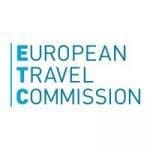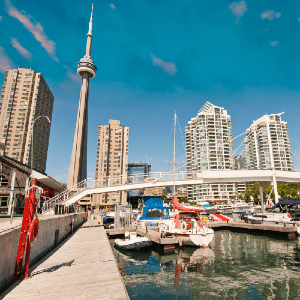About 72% of Europeans intend to travel between April and September this year. Leisure remains the primary reason for travel (69%), though the drop of 7% over 2022 suggests a potential slowdown in post-pandemic ‘revenge’ travel. Business travel, in contrast, has recorded a 3% annual increase, now accounting for 8% of all intended trips.
though the drop of 7% over 2022 suggests a potential slowdown in post-pandemic ‘revenge’ travel. Business travel, in contrast, has recorded a 3% annual increase, now accounting for 8% of all intended trips.
Rising travel costs due to inflation, the ongoing war in Ukraine and concerns about extreme weather conditions play a part in Europeans’ travel choices for spring and summer 2023.
These insights come from the latest research on “Monitoring Sentiment for Domestic and Intra-European Travel – Wave 15″ by the European Travel Commission (ETC), which sheds light on the short-term travel intentions and preferences of Europeans[1].
Commenting on the research, Luís Araújo, President of ETC, stated: “We are thrilled to see that despite financial concerns and higher travel costs, Europeans remain eager to travel. It is also encouraging to witness that more travellers choose off-peak summer travel to avoid overcrowding and peak prices. This positive trend supports sustainable destination management by spreading tourism flows more evenly. We advise destinations and businesses to closely follow these trends to meet the evolving needs of travellers.”
Off-peak summer travel gains ground
This year, more Europeans are planning spring and early summer getaways. Nearly 30% of travellers said they intend to take an overnight trip between April and May, representing a 6% increase over 2022. Additionally, 40% of those surveyed are considering travelling in early-to-mid summer (June to July). In contrast, only 23% expect to take trips during August and September, a significant 9% drop from last year. This shift in seasonal travel patterns may reflect a growing desire to avoid peak crowds and heat waves.
Moreover, it appears that many Europeans are planning multiple trips between April and September 2023. Data shows that 59% of respondents will take more than one trip in the coming months, with 35% planning to travel twice and another 24% heading for three or more getaways. In comparison, 31% will take only one trip over the same period.
Europeans over the age of 25 show a high enthusiasm to travel (74%). This trend can be attributed to their relatively higher disposable income, which makes them less susceptible to the current economic situation. The younger Gen Z crowd (18-24) remains more reluctant to plan holidays (61%).
Extreme weather adds to the list of Europeans travel concerns
Increasing travel costs due to inflation remain Europeans’ biggest concern (23%), together with personal finances (17%). This could explain why 51% of Europeans have already made partial or full bookings for their next trip – an 8% increase from last year – in a bid to secure lower prices.
Pleasant weather conditions (18%) are the strongest driver for choosing a destination, followed by attractive bargains (17%), lack of overcrowding (11%) and welcoming local communities (10%). However, reflecting the increase in unpredictable weather conditions, 7% of European travellers cited extreme weather events as a significant worry.
The ongoing war in Ukraine remains another source of concern (12%), predominantly among Swiss, Polish, Austrian, Italian and Dutch respondents. As the conflict continues, it still impacts travel-related decisions for half of Europeans.
Length of vacations unaffected while travel budgets increase
While travellers appear ready to shift dates to offset financial concerns, the findings suggest they are not willing to sacrifice the length of their vacations. Figures from last year held steady, with a four to six-night trip still the most popular choice amongst Europeans (35%). Another 22% plan to travel for more than ten nights.
In response to the rising travel costs, 37% of Europeans are now allocating larger budgets of over 1, 500[2] Euros per trip – a 7% increase from 2022. Additionally, 19% of travellers expect to spend more on their upcoming trips than they typically do.
France and Spain remain favourite destinations, with 8% of Europeans intending to travel to each. Italy (7%), Greece (6%) and Germany (5%) follow behind, with Belgium entering the top-10 list of preferred destinations in Europe as well.


















